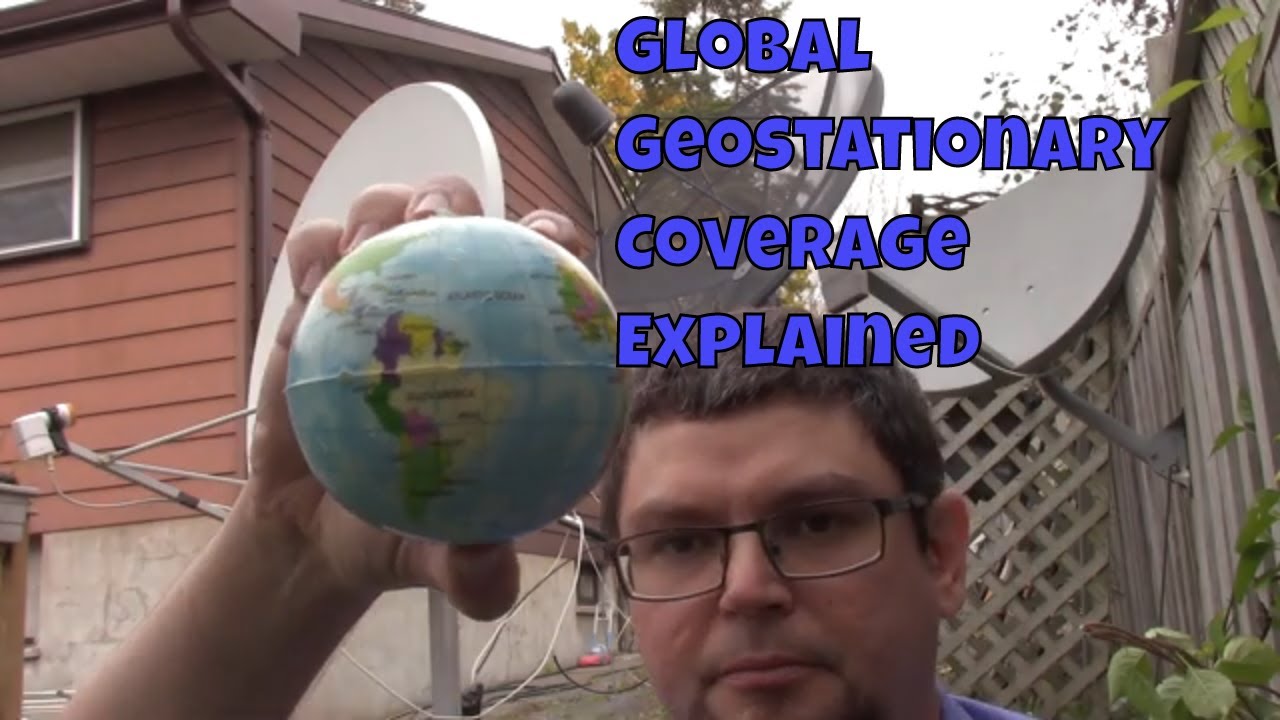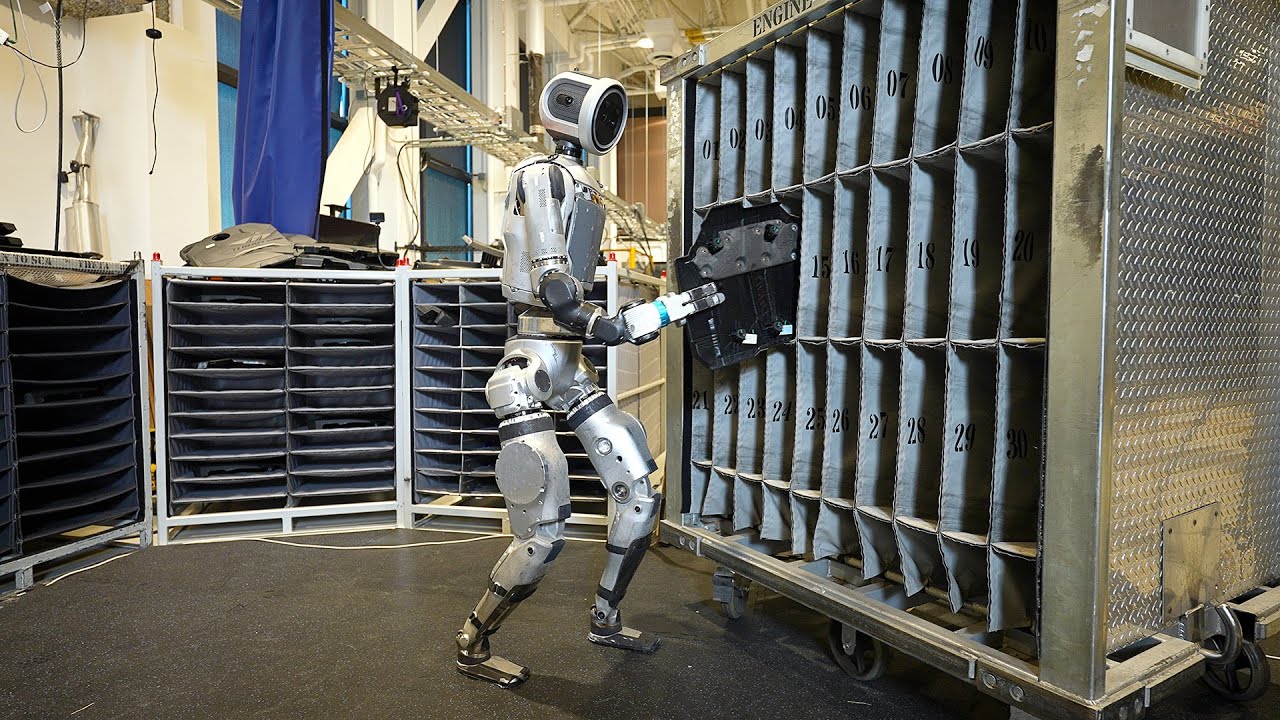THE HAPPY SATELLITE NERD EPISODE 87
In this video we do a Blind Scan with the #EdisonMio+ 4k #FTA #FreeSatelliteTV Receiver of G 16 and I explain how the coverage of satellite beams work.
https://www.tvrosat.com/cgi-bin/charts.cgi?button=Search%20Channels&channel_band=All&channel_encryption=All&satellite_location=99.2:Galaxy%2016/Spaceway%202/DirecTV%2011
To look up foot prints of the different satellites look here http://satstar.net/satellites.html
How many geostationary satellites are needed for global coverage?
In theory, 2 satellites in diametrically opposite geo-symchronous orbits could cover the planet. In order for the satellites to communicate, a minimum of 3 would be needed, each at a 60 degree angle to the others. At this point, the strength and quality of coverage increases proportionally to the number of satellites.
What is a geostationary satellite used for?
Geostationary communication satellites are useful because of their large coverage, extending 81°, and stationary position in the sky, eliminating the need for movable ground antennas.
How far is a geostationary satellite from Earth?
35,786 km
A geostationary equatorial orbit (GEO) is a circular geosynchronous orbit in the plane of the Earth’s equator with a radius of approximately 42,164 km (26,199 mi) (measured from the center of the Earth). A satellite in such an orbit is at an altitude of approximately 35,786 km (22,236 mi) above mean sea level.
Which goes faster a LEO satellite or a GEO satellite?
Unlike GEO satellites, LEO satellites also fly at a much faster pace because of their proximity to Earth. For example, an Iridium® satellite flies at approximately 17,000 mph (completing an orbit every 100 minutes!), compared to a GEO satellite that typically flies around 7,000 mph.
How many geostationary satellites are there?
According to Satellite Signals, there are 402 satellites in geosynchronous orbit. At geosynchronous orbit, the “ring” around Earth can accommodate a number of satellites — 1,800 altogether, according to one analysis by Lawrence Roberts, published in the Berkeley Technology Law Review.
On Galaxy 16 The Channels are Lesea Channels, This TV, Fox, NBC, Bvovn, NPR, GDMX, Living Faith TV, Cornerstone TV, HSN, The Light TV, and FETV
Is there still free satellite TV?
There is a free satellite TV solution for consumers who want a variety of television channels without paying ongoing subscription fees. Free to Air satellite television channels are unencrypted and legally available to the public for no charge.
Free-to-air (FTA) are television (TV) and radio services broadcast in clear (unencrypted) form, allowing any person with the appropriate receiving equipment to receive the signal and view or listen to the content without requiring a subscription, other ongoing cost or one-off fee (e.g. Pay-per-view). In the traditional sense, this is carried on terrestrial radio signals and received with an antenna.
FTA also refers to channels and broadcasters providing content for which no subscription is expected, even though they may be delivered to the viewer/listener by another carrier for which a subscription is required, e.g. cable, satellite or the Internet. These carriers may be mandated (or OPT) in some geographies to deliver FTA channels even if a premium subscription is not present (providing the necessary equipment is still available), especially where FTA channels are expected to be used for emergency broadcasts, similar to the 112 emergency service provided by mobile phone operators and manufacturers.
Free-to-view (FTV) is, generally, available without subscription but is digitally encoded and may be restricted geographically.
Free-to-air is often used for international broadcasting, making it something of a video equivalent to shortwave radio. Most FTA retailers list free to air channel guides and content available in North America for free to air use.
Come and join our Discord Chat server and chat Satellites https://discord.gg/eCUw7xw
https://www.youtube.com/user/ottawaoctane/videos
https://www.facebook.com/RobbieStrikeVideos/
https://twitter.com/robbiestrike3
(c) Robbie Strike 2019 http://www.RobbieStrike.com
www.FreeSatelliteTV.net










Good information
WAPA tv Spanish programming from PR.
yes thank you Jesus!
Good Vid Rob. I’m totally FED UP with BELL and SHAW TV. GOUGING BASTARDS. I have a free to air receiver and dish from about 15-20 years ago but got frustrated with trying to set it up. Now, i’ll do whatever it takes. Will this outdated equipment still work in today’s field?
Understand that the channels that are on #FreeSatelliteTV are not all the channels that are on Bell and Shaw, You can look up the channels on http://www.Lyngsat.com and need at least a modern DVB s2 Mpeg 4 Receiver! https://www.youtube.com/watch?v=oVXuQIfOu0Q
Also check this page out https://www.ftalist.com/master.php
Well Robbie 36000km (22340miles) is the distance for Satellites they are in the Geostationary position. From your position at home it looks like that they are at the same position in Orbit. In real the satellites are moving in a Box in a size of about 70*70*70km and flying in a Vertical move that look like a ‘8’ (number eight). This ‘8’ is the flight track this will be realised by nozzles they are regulating the geo-position by little pulses that hold the satellite in it’s position. The nozzles are for the 3 Dimensional movement. In the early days I know satellite that was Gorizon51 on the position of 51°East and in C-Band normal Satellites here in Europe are in Ku-Band. I install that for a friend in 1996 and fix it at 11:00AM after a day my friend wife she is from Russia called me and told that at night the satellite have a lot of drop-outs in the picture so I think that can not be! But why and now real the Gorizon satellite with the Russia program “Ostankino” is flying Vertical Sinus waves up and down in the cycle of a day. The stabilisation in the vertical was not good it was swimming during the day. So I align it at night and then it was in the morning not so good to receive. Something like a Echostar 4000 was there in use – only a used one receiver was possible to receive the C-Band here in Vienna. I’m in the satellite hobby since 1987 and I start with my 1,8m dish from Triax (PFA) and a Magnetic Poliarizer Swedish Microwave a Maspro Satellite Receiver SRE-80E (18channel storage) mechanical Mono audio to align with a potentiometer. A Actuator with 18″ are also in my frist dish but that only come later in 1988 wiht a positionier from Grundig.
– Yes and correct we have in Europe more channels then you show us in the West hemisphere in Canada and US. I can make a List and a report for you if you’re interest. We would like to do that in the early days but you do not login my satellite box in case of the Secure shell connection does’t work on openatv 6.4 – and trust me in your box the https:// also do not work!
You can test it at your own box from external Network to the internal box. The https:// will not work on the openatv 6.4. Best Regards Volker from Vienna
You r country free tv channel cahing